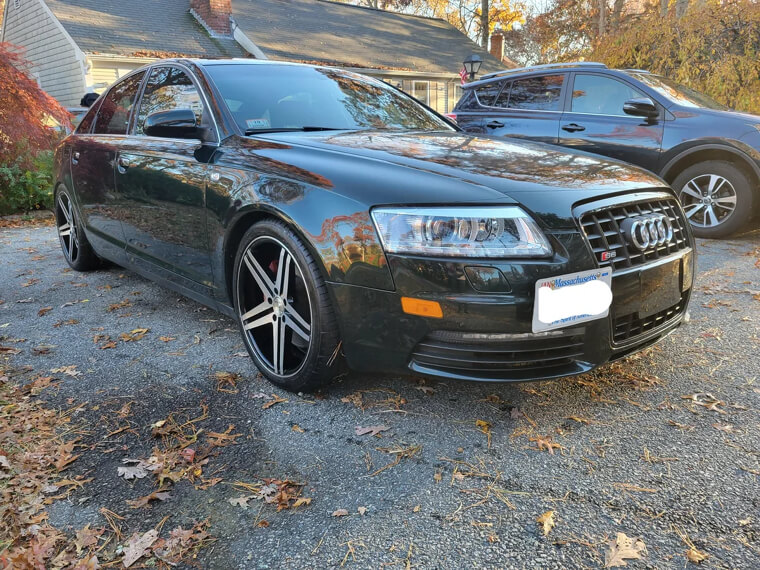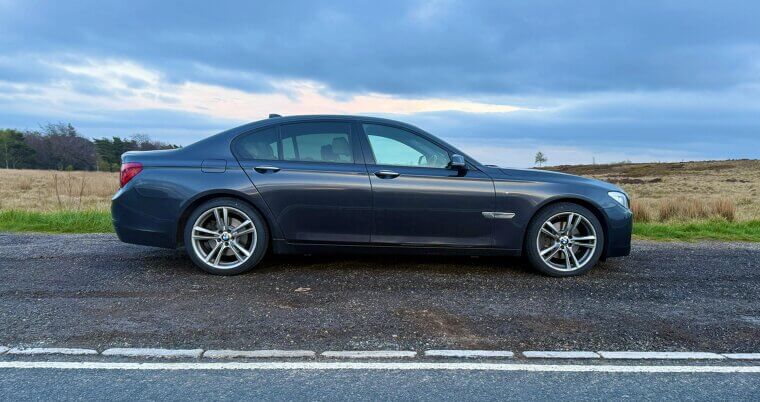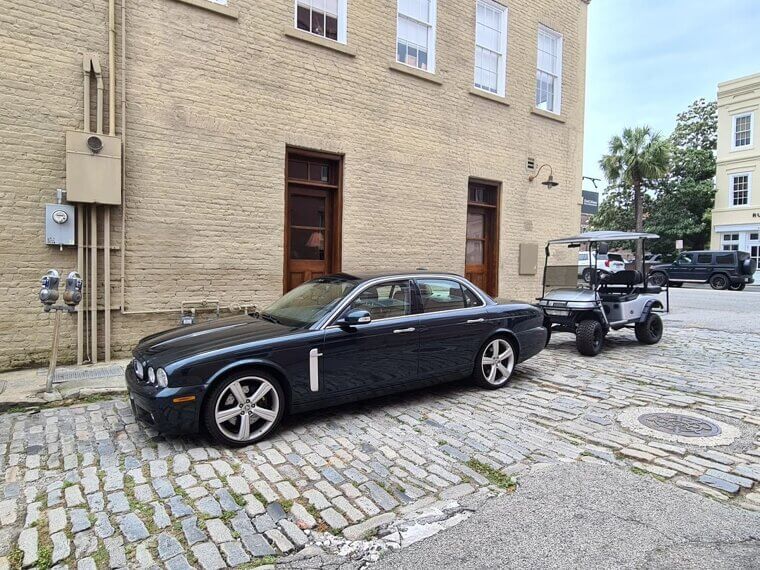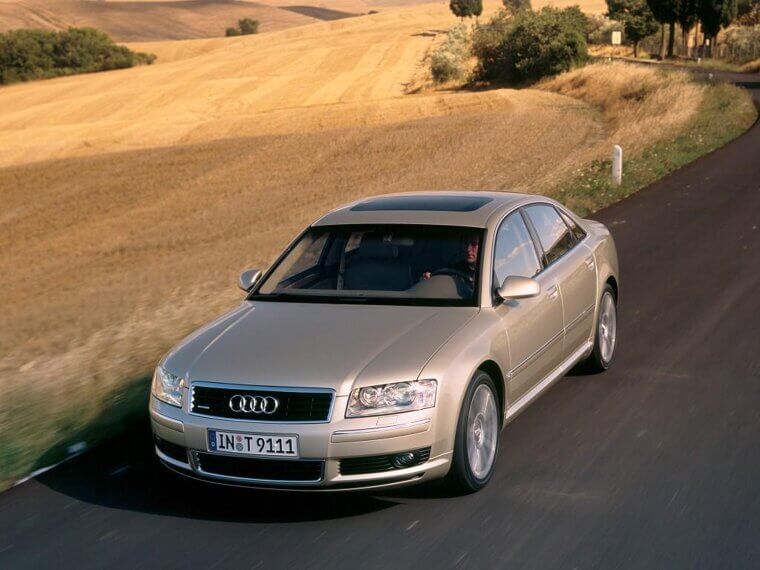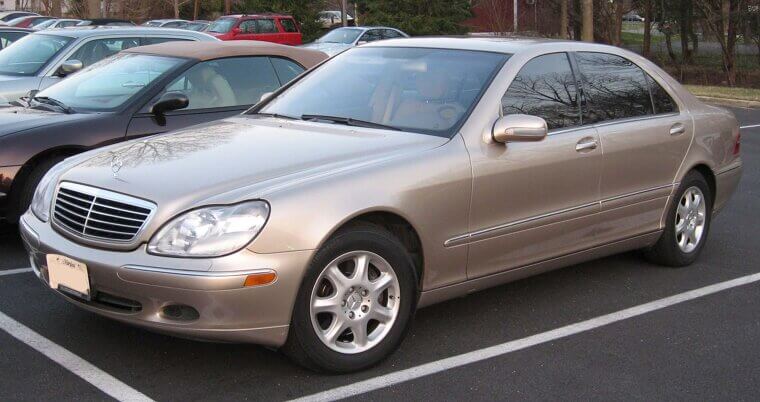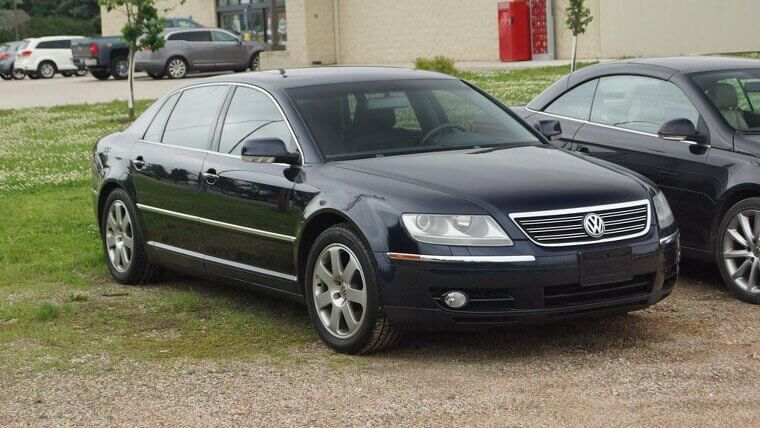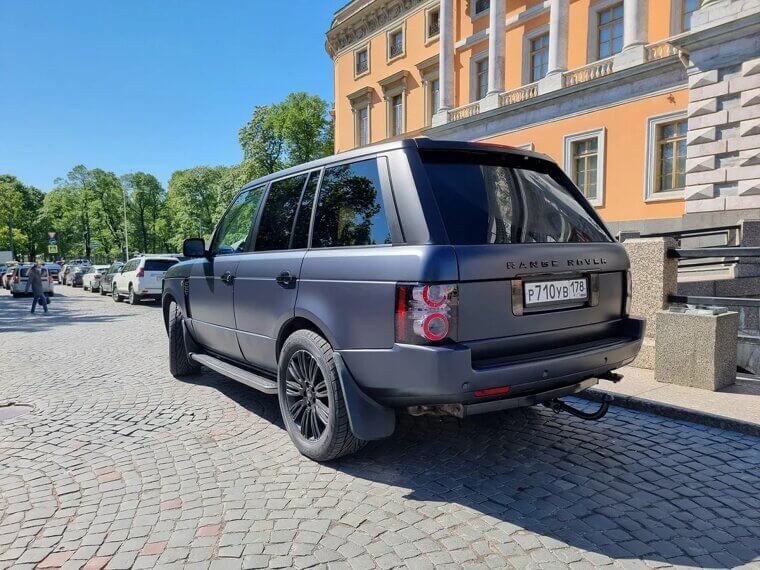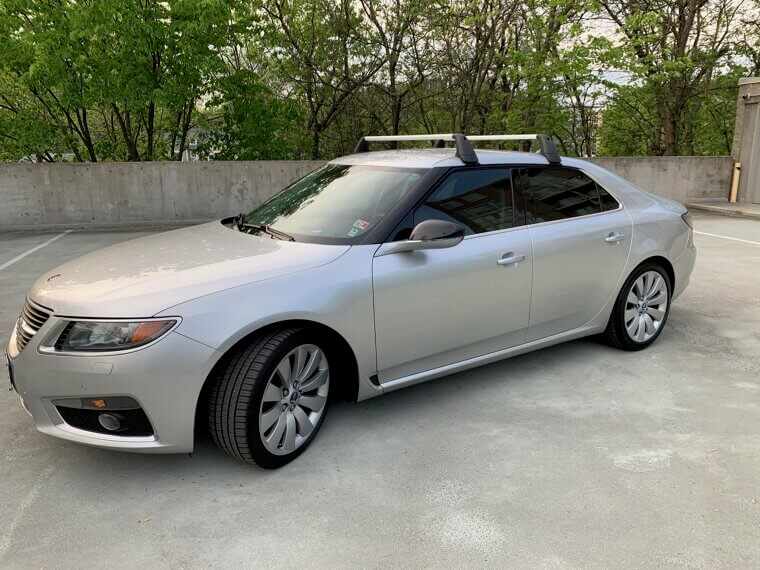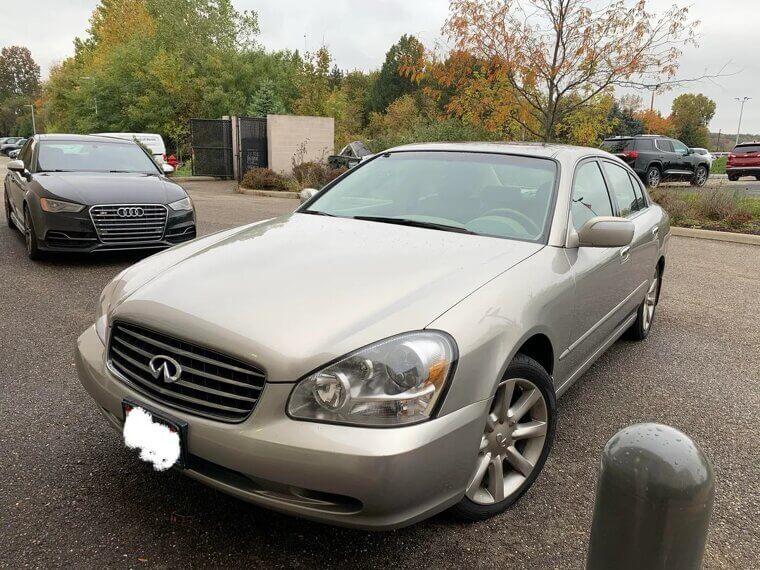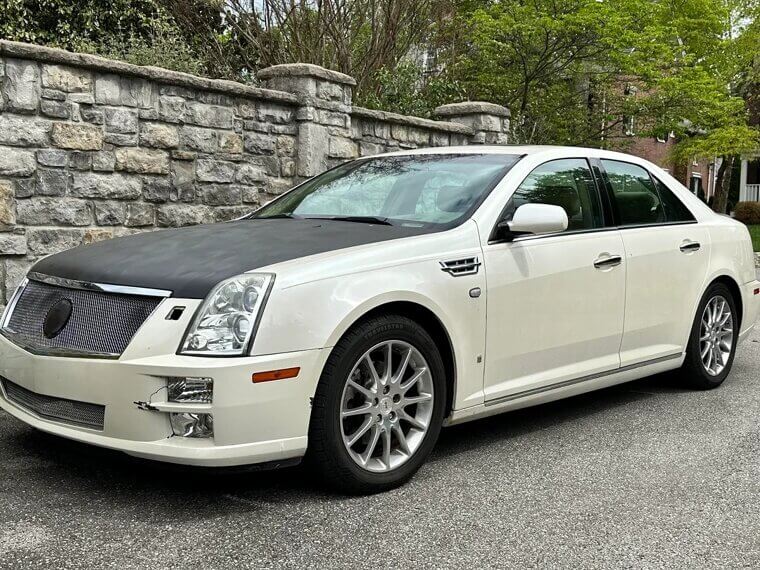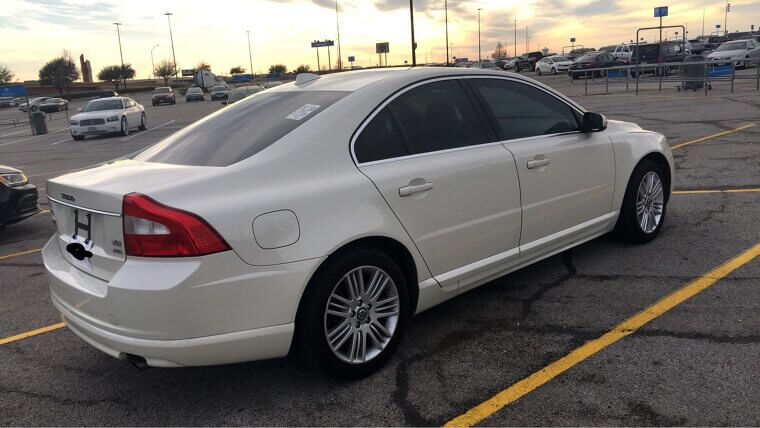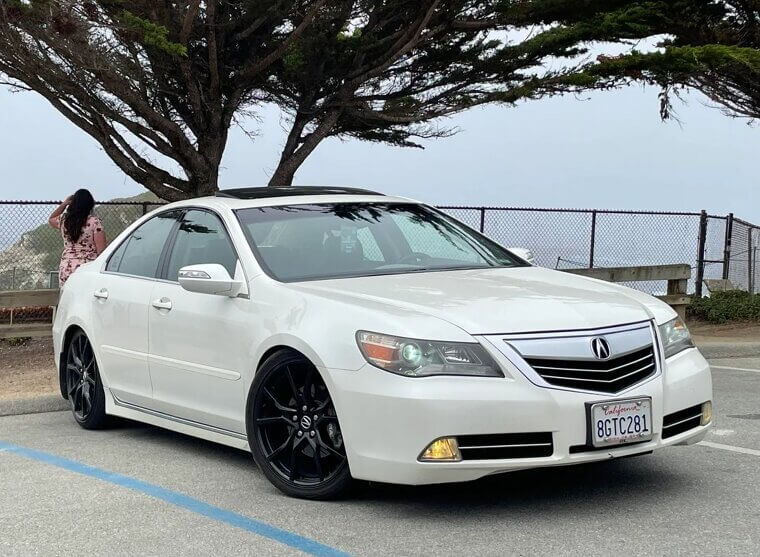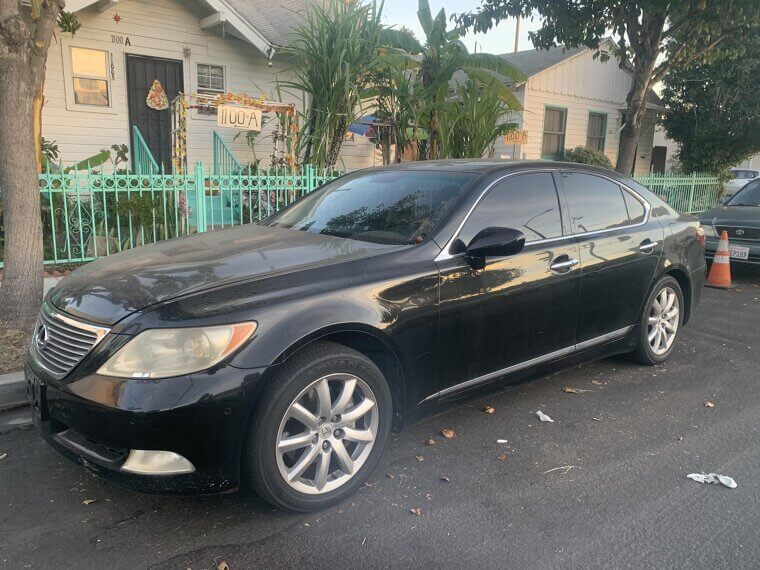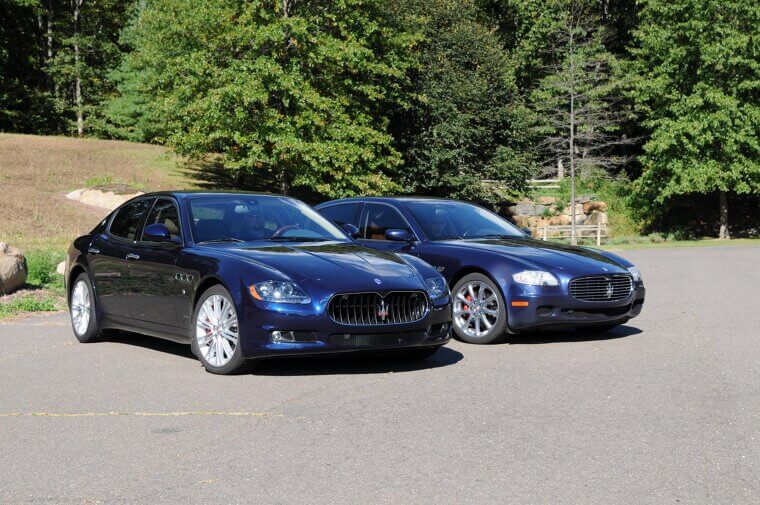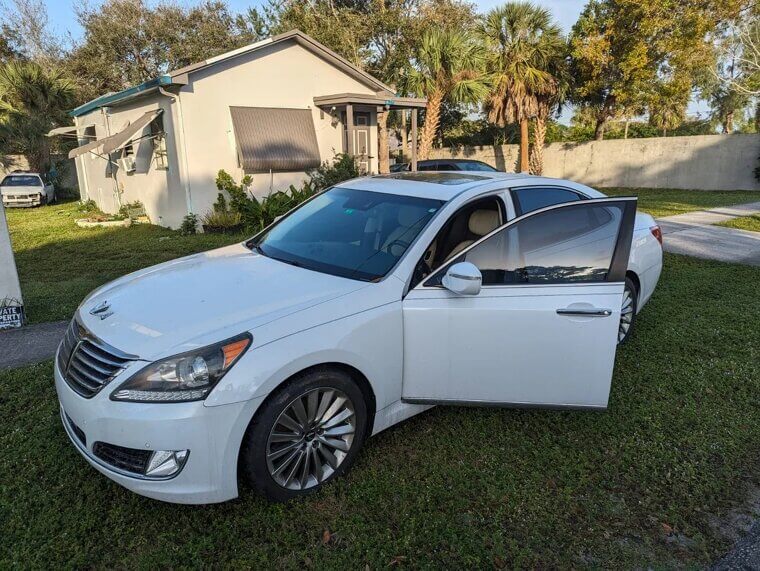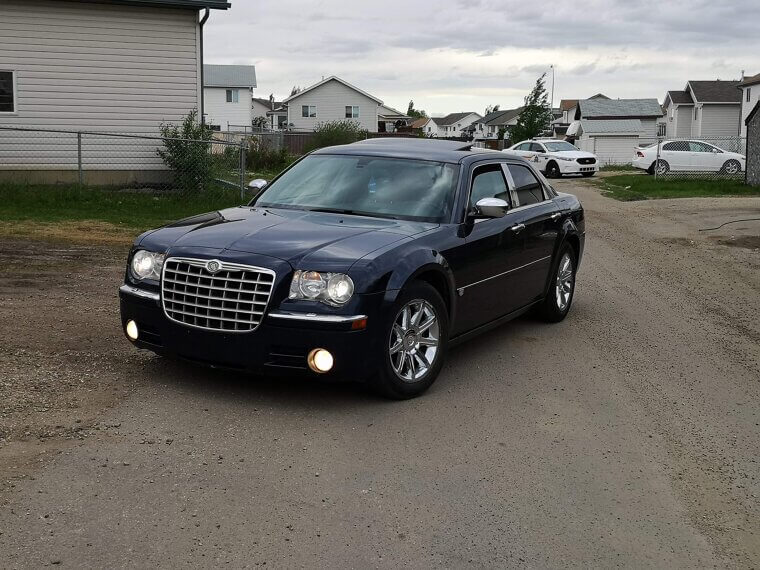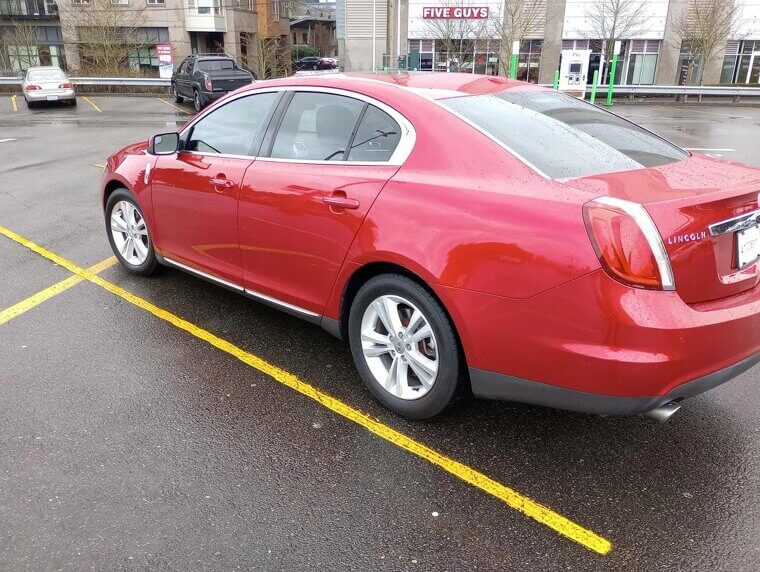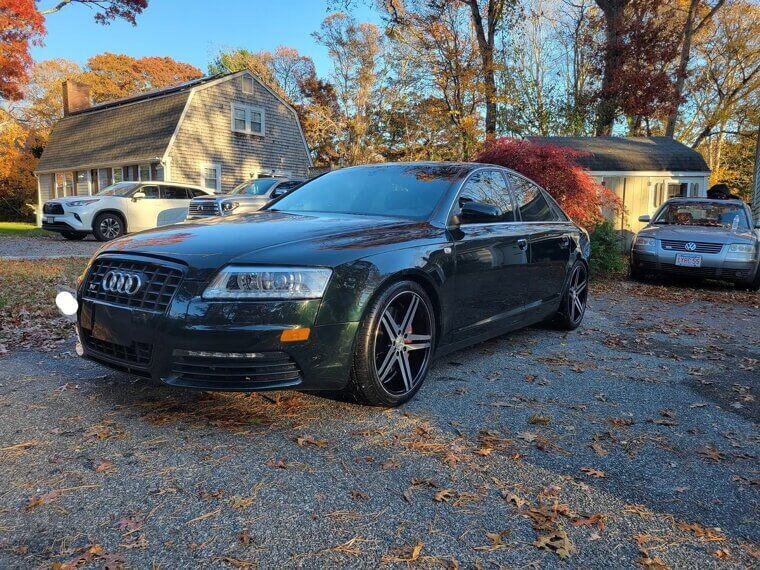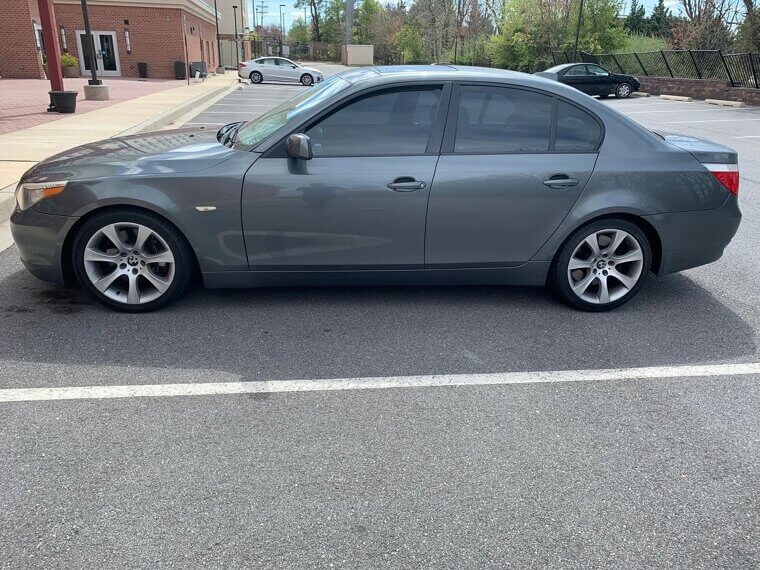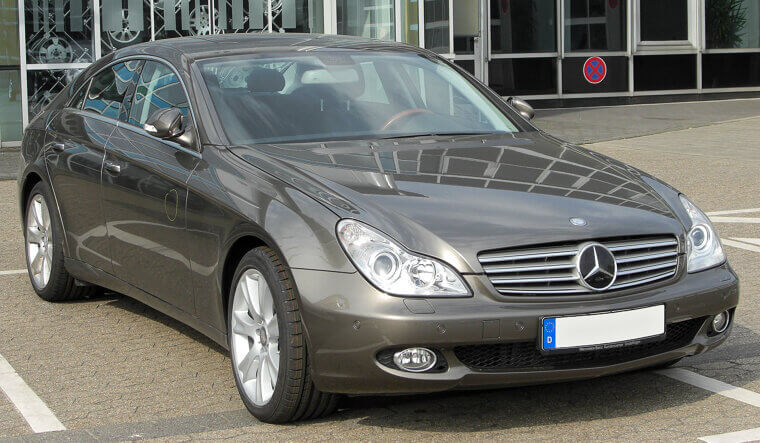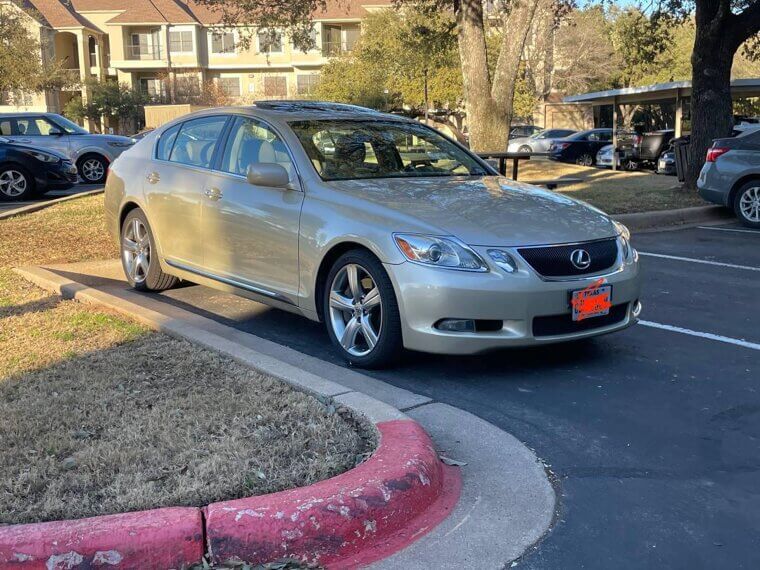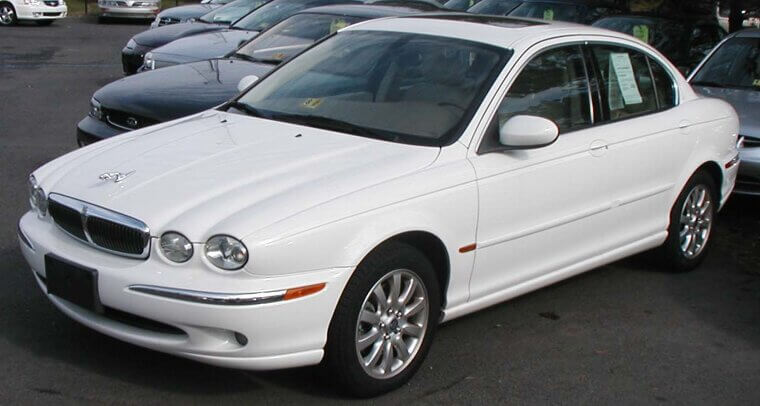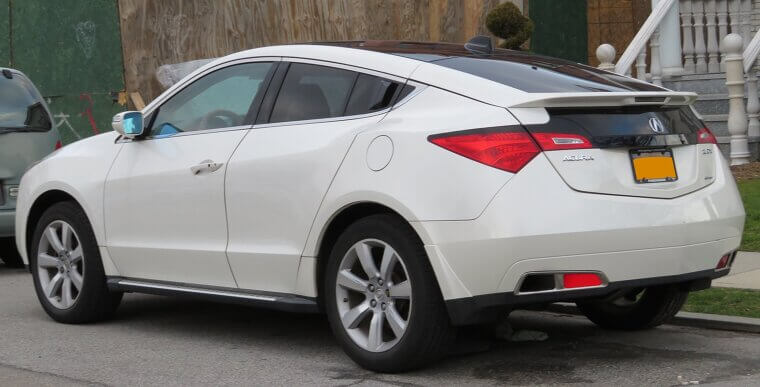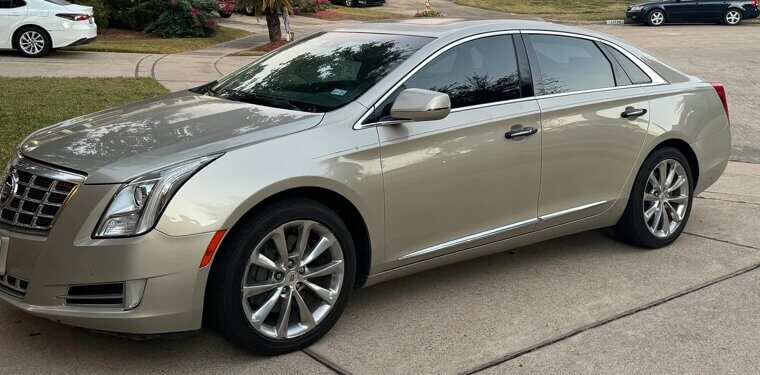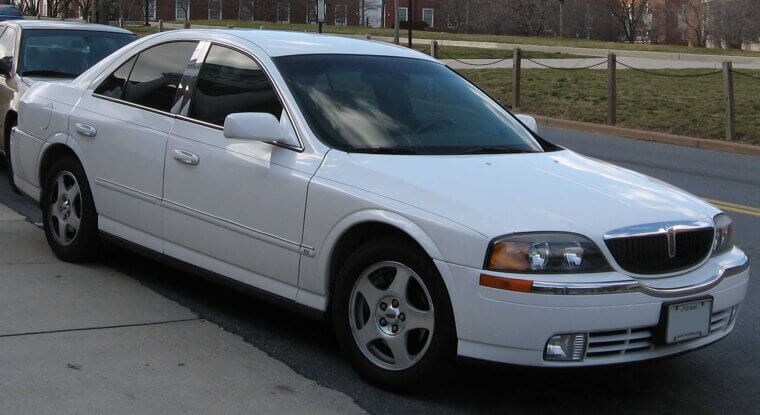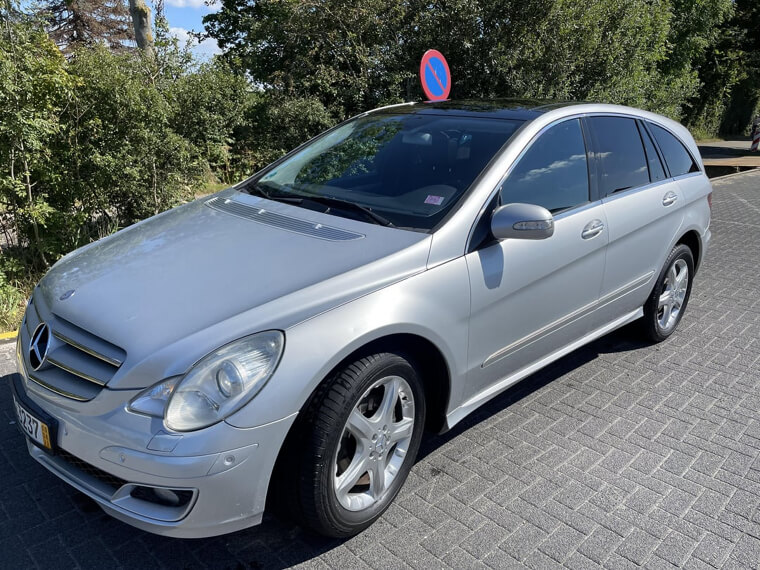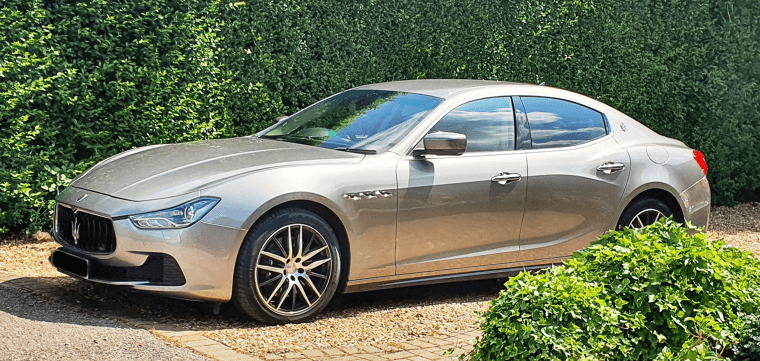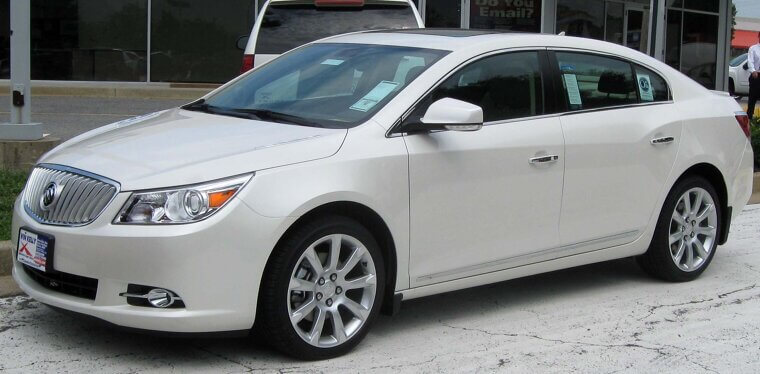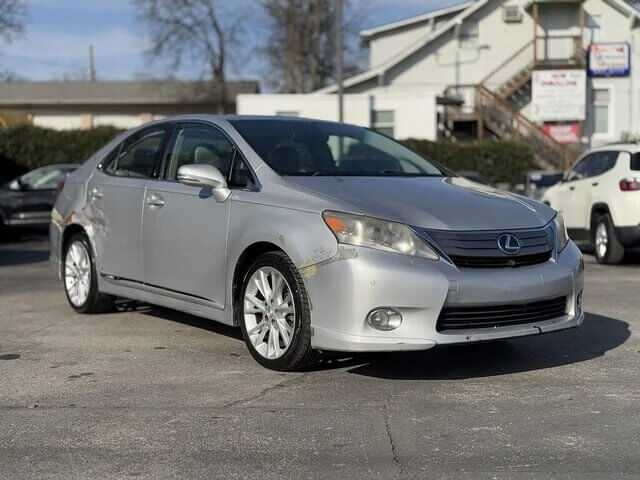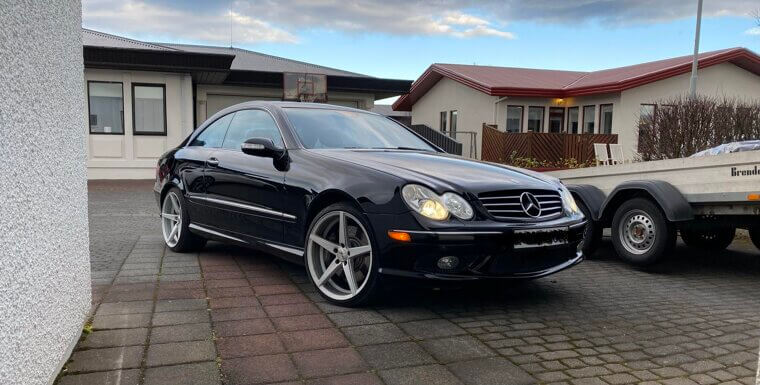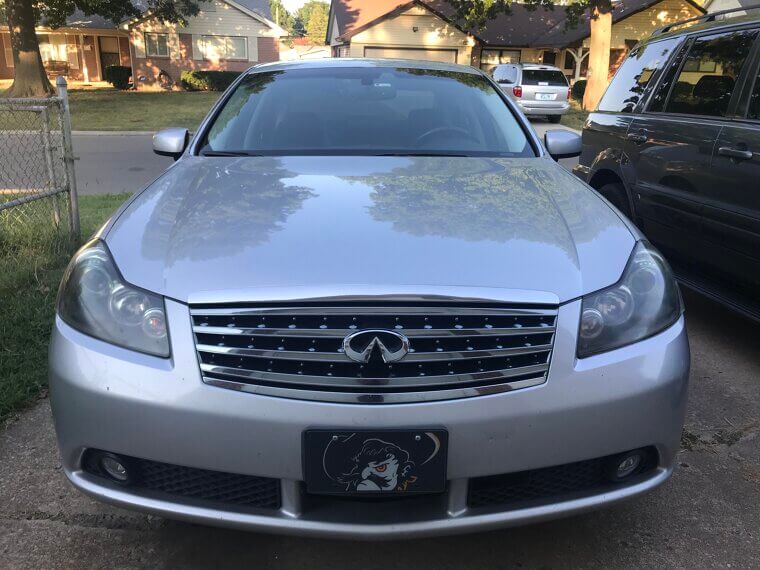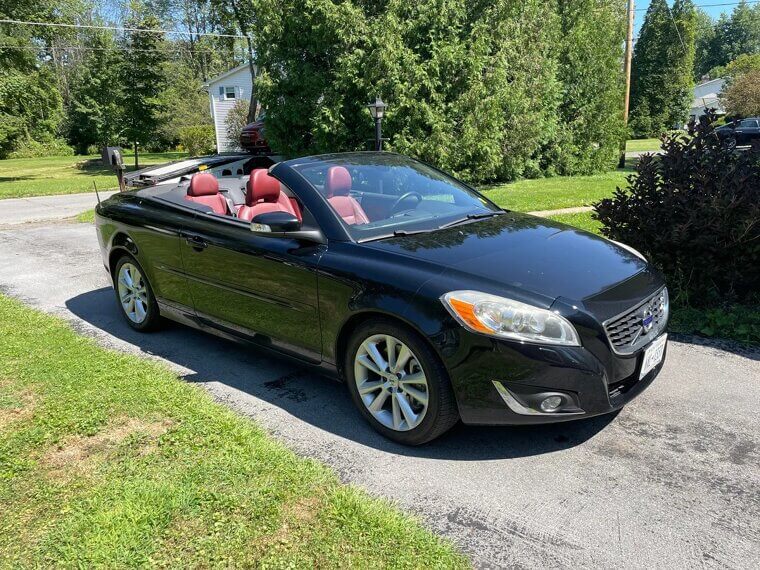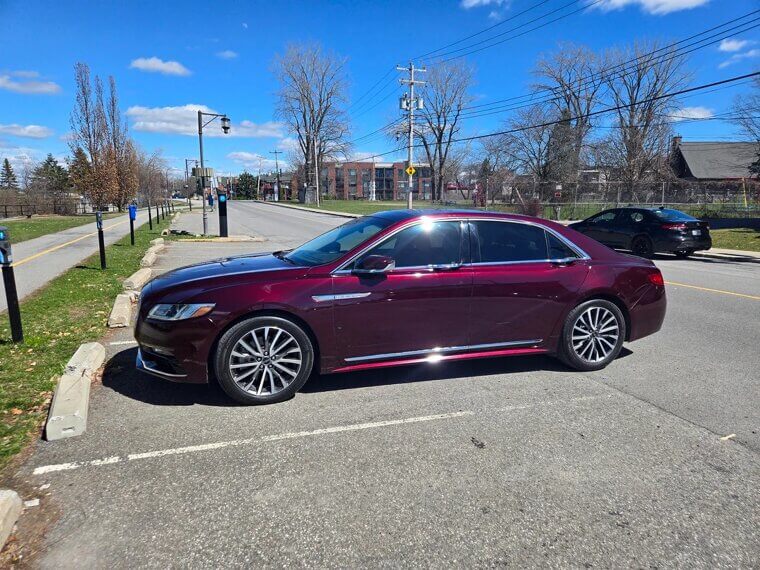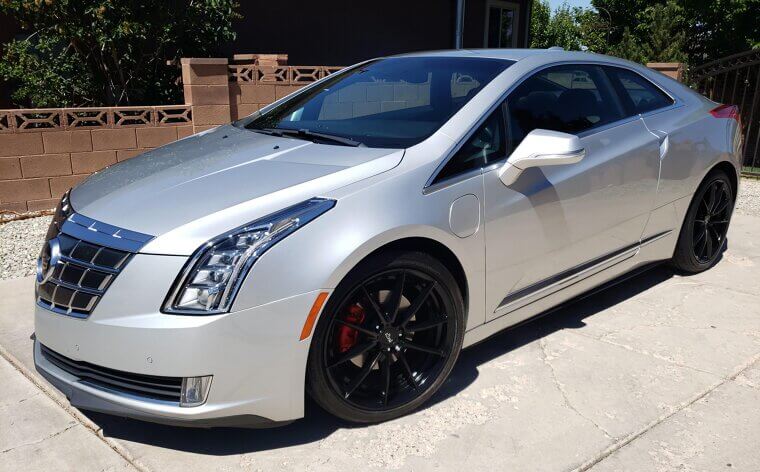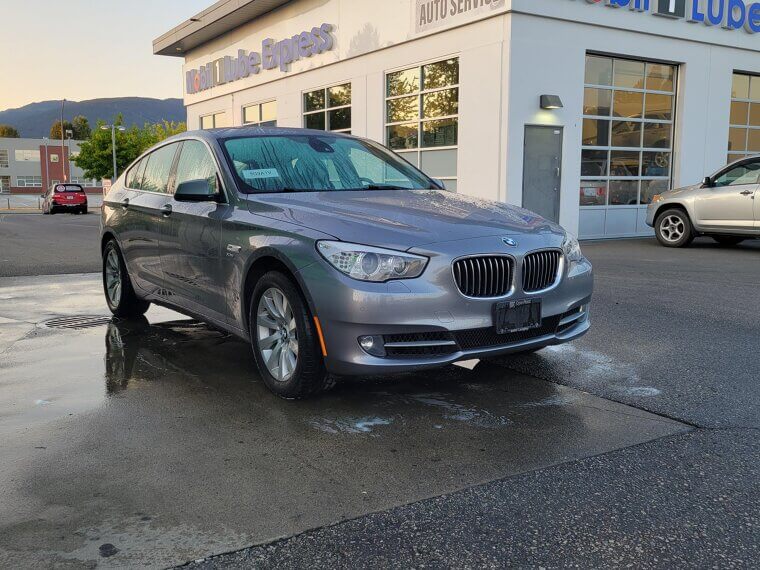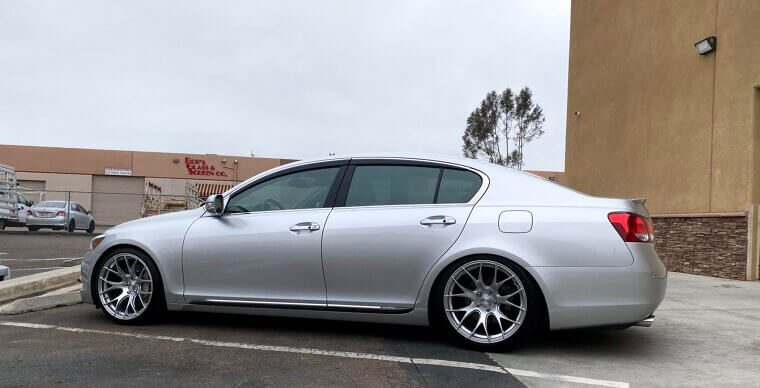Buying Cheap Is Buying Expensive as Is Seen With These Used Luxury Cars
Scoring a used luxury car for a steal might seem like a dream until reality hits in the form of expensive repairs, finicky electronics, or parts that cost more than your rent. These former luxury cars may be affordable now, but there’s usually a catch.
BMW 7 Series (F01, 2009–2015)
This flagship sedan screams “luxury,” but quietly drains your wallet. It has complex electronics, air suspension, and twin-turbo V8s, which are notorious for being expensive to fix. Mechanics love this car because it pays the bills.
Jaguar XJ (X350/X358, 2003–2009)
The XJ has a fancy aluminum body, but reliability is iffy at best. It rides like a cloud and looks like old money, but the air suspension and electrical gremlins will drive you crazy. Although it's cheap upfront, owning one feels like being in a financially abusive relationship.
Audi A8 (D3, 2002–2009)
The A8 has Quattro all-wheel drive and a tech-heavy interior, but behind the wheel is a ticking time bomb. Electrical quirks, transmission troubles, and air suspension leaks are common. At least, you’ll look classy when you arrive at the mechanic’s shop for the fifth time in a month.
Mercedes-Benz S-Class (W220, 2000–2006)
Once the ultimate executive car, the W220 aged poorly. Rust issues, failing air suspension, and complicated electronics haunt this model. It was ahead of its time; unfortunately, so were the repair costs. A $5,000 used S-Class? That’s just the cover charge.
Volkswagen Phaeton (2004–2006)
VW tried to outdo Mercedes and BMW, and built a Bentley-level sedan nobody asked for. It’s quiet and elegant, but maintenance is a nightmare. Many mechanics won’t touch it. You’re essentially buying a complicated luxury spaceship with a VW badge.
Land Rover Range Rover (L322, 2003–2012)
It has presence, power, and prestige, but also a deep thirst for repair money. From air suspension failures to cooling system nightmares, the L322 can humble even the boldest wallet. You’ll feel like royalty until you see the service invoice.
Saab 9-5 Aero (2010–2011)
Sleek, turbocharged, and a bit quirky, the last hurrah for Saab looked promising. Sadly, the brand died shortly after. Parts are scarce, tech support is non-existent, and resale is in freefall. It’s a cheap luxury gamble if you’re into orphaned brands and scavenger hunts for parts.
Infiniti Q45 (2002–2006)
This V8-powered flagship had tech and style, but never really found its place. Today, it’s rare, hard to source parts for, and often neglected. People skip it for flashier brands, leaving the Q45 in bargain-bin limbo. It's a smooth ride, but good luck finding a mechanic who’s seen one recently.
Cadillac STS (2005–2011)
The STS wanted to take on German sedans, but couldn’t keep up. Known for electrical issues, transmission problems, and Northstar engine woes, it’s a buyer’s trap. You get luxury looks for cheap, and a to-do list for your mechanic longer than your grocery list.
Volvo S80 V8 (2007–2010)
A Volvo with a Yamaha-built V8 sounds cool until you realize repairs are scarce, parts are expensive, and AWD models eat transmissions. It’s a sleeper luxury sedan with a surprise maintenance bill. Yes, it’s sophisticated, but is it sustainable? Not unless your savings account is equally Swedish.
Acura RL (2005–2012)
Honda reliability met luxury aspirations in the RL, but it never quite hit the mark. It’s well-built but boring, with its outdated tech and underwhelming resale value. You’ll find one cheap, but there’s a reason it’s collecting dust at the back of the lot.
Lexus LS 460 (2007–2012)
Yes, it’s a Lexus. Yes, it’s reliable. Well, sort of. Early LS 460s had issues with the air suspension and clunky infotainment. Repairs aren’t catastrophic, just annoyingly expensive. You’ll feel pampered until something squeaks, flickers, or groans. The LS460 is luxurious, but not always the stress-free Lexus experience people expect.
Maserati Quattroporte (2004–2012)
It’s beautiful. It growls. It drops jaws. And it will drain your bank account. Early Quattroportes had Ferrari engines paired with flaky transmissions and erratic electronics. Used models are cheap, but the repair bills are like uninvited house guests. You wanted Italian drama, right?
Hyundai Equus (2011–2016)
The Equus aimed high but landed in obscurity. It’s comfortable, roomy, and smooth, but not exactly exciting. It depreciated hard because nobody remembers that Hyundai made a flagship. This is quiet luxury with an even quieter support network.
Chrysler 300C (2005–2010)
With a big HEMI and bold styling, the 300C played tough. But it aged fast and is plagued with electrical issues and suspension wear. If you want something flashy on a budget, this is for you, but don’t expect it to handle like a European sedan.
Lincoln MKS (2009–2016)
The MKS tried to be a tech-savvy luxury sedan, but never felt premium. Behind the leather and touchscreens was a bloated chassis and bland handling. It’s affordable now because most people forgot it ever existed.
Audi A6 (C6, 2005–2011)
At first glance, this is a suave European sedan. When you dig deeper, you’ll find expensive timing chain issues, leaky sunroofs, and electrical headaches. Some engines even guzzle oil like soda. Buy one cheap and hope the previous owner already fixed all the fun stuff. If not, welcome to the Audi money pit.
BMW 5 Series (E60, 2004–2010)
This generation looked futuristic when iPods were a thing. But aging electronics, finicky cooling systems, and iDrive make it a handful. It’s fun to drive until the check engine light becomes a permanent dashboard ornament.
Mercedes-Benz CLS-Class (C219, 2006–2010)
The original “four-door coupe” is still a looker. But age hasn’t been kind. Airmatic suspension issues, oil leaks, and infotainment failures are all too common. This model will impress your neighbors; just don’t let them see the stack of repair receipts in your glovebox.
Lexus GS 430 (2006–2007)
The GS had V8 power, RWD, and a quiet cabin, but Lexus didn’t sell many. Parts can be hard to find, and the tech features feel ancient. Today, the GS 430 is cheap because it’s forgotten.
Jaguar X-Type (2002–2008)
Trying to ride the compact luxury wave, Jaguar stuck a leaper on a Ford Mondeo and called it a day. The result? A pretty car with AWD, but constant mechanical hiccups and questionable build quality. It’s cheap now because no one wants to gamble on a Jag that wasn’t really a Jag.
Acura ZDX (2010–2013)
The ZDX was bold, but hardly practical. It looked like a spaceship, but had cramped rear seats and poor visibility. Buyers were confused, sales flopped, and Acura gave up. While it’s still reliable, it’s hard to love, and that steep depreciation says a lot about how much people miss it.
Cadillac XTS (2013–2019)
The XTS was comfy and loaded with tech, but never felt premium. They’re dirt cheap now because buyers tend to overlook “grandpa cars” when shopping for used luxury.
Lincoln LS (2000–2006)
The LS was Lincoln’s attempt at a Euro-style sport sedan, and it almost worked. But a confusing identity, quirky electronics, and nagging reliability issues sealed its fate. Today, it’s an oddball on the used market.
Mercedes-Benz R-Class (2006–2012)
The R-Class confused everyone. It was luxurious inside, but its styling was awkward, and reliability was shaky. Buyers didn’t know what to make of it then, and they still don’t now. It’s cheap because most people forgot it ever existed.
Maserati Ghibli (2014–present)
It looks exotic and wears the Maserati badge proudly, but under the hood? It’s a Chrysler-sourced infotainment system and has many reliability issues. The Ghibli depreciates faster than gelato in July because repairs are expensive and parts are hard to find.
Buick LaCrosse (2010–2019)
Comfortable, quiet, and almost luxurious, the LaCrosse never earned street cred. As a used car, it’s a deal, but soft suspension, mediocre resale, and grandpa vibes keep demand low. It's a great ride, but not one you brag about.
Lexus HS 250h (2010–2012)
This luxury hybrid was supposed to be green and plush, but missed both marks. Based on the Prius platform, it lacked Lexus-level refinement and had weird styling. It was discontinued after two years and few remember it today.
Mercedes-Benz CLK (2003–2009)
The CLK looked good and drove well, but age hasn’t been kind. Common issues include electrical gremlins and leaky roof seals on convertibles. It’s a cheap way into the Benz world, but it can get pricey fast.
Infiniti M35/M45 (2006–2010)
These sedans were sharp, smooth, and surprisingly sporty, but Infiniti’s luxury lineup never stuck with buyers. As a result, resale values tanked. Add in outdated infotainment and declining parts, and it’s easy to see why these once-premium rides are so cheap.
Volvo C70 (2006–2013)
A sleek convertible with Swedish flair, the C70 looked the part but struggled with reliability and structural integrity. The retractable hardtop was known for mechanical issues, and parts are hard to find.
Lincoln Continental (2017–2020)
Lincoln tried to bring the Continental name back with style, but even Matthew McConaughey couldn’t keep it afloat. The car was elegant and smooth, but lacked the excitement buyers wanted. It faded fast and now sits on used lots as a budget luxury option.
Cadillac ELR (2014–2016)
This plug-in luxury coupe looked sharp but was way overpriced when new. It was basically a Chevy Volt in a tuxedo, and buyers weren’t fooled. Cadillac killed it fast, and now it’s a used luxury oddball.
BMW 5 Series GT (2010–2017)
This was BMW’s attempt at a luxury hatchback-sedan crossover. It was spacious, but not stylish. It’s cheap because most people would rather have literally any other BMW.
Lexus GS 450h (2007–2017)
This luxury hybrid sedan had smooth power and good MPG, but flew under the radar. It was too sporty for the green crowd and too eco for the sports crowd. With high repair costs and waning interest, it’s now a quiet used market bargain.

